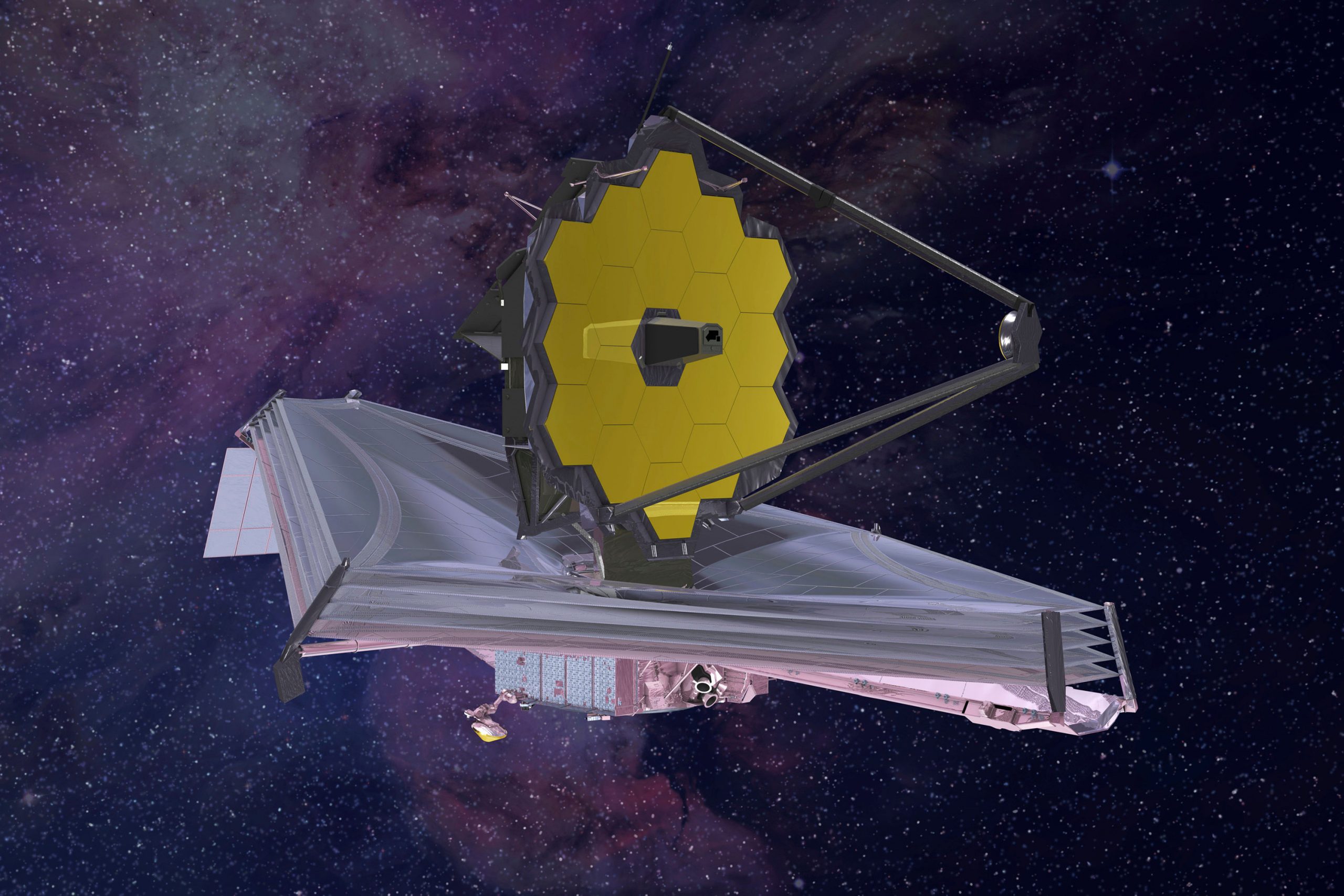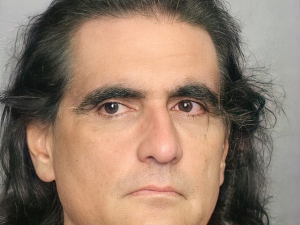The James Webb Space telescope on Monday reached its final destination – one million miles from earth, a month after lift off, NASA confirmed. This distance means Webb is more than four times as distant as the moon.
The world’s biggest and strongest telescope, Webb is the successor observatory to Hubble. It fired its rocket thrusters for nearly five minutes to go into orbit around the sun at its designated spot, and NASA confirmed the operation went as planned.
Also read: Man-made sixth mass extinction event cannot be stopped, warn scientists
“We’re one step closer to uncovering the mysteries of the universe. And I can’t wait to see Webb’s first new views of the universe this summer!” NASA Administrator Bill Nelson said in a statement.
However, scientific observations can only begin in June after the mirrors on the $10 billion observatory are aligned and the infrared detectors sufficiently chilled.
The telecope, as big as a tennis court, is expected to seek out the faint, twinkling light from the first stars and galaxies, providing a glimpse into cosmic creation.
Also read: What does Doomsday Clock 2022 being set at 100 seconds from midnight mean?
Its infrared eyes will also stare down black holes and hunt for alien worlds, scouring the atmospheres of planets for water and other possible hints of life.
The sunshield of the $10 billion project opened on the telescope in early January. It had launched on 1 1/2 weeks after the Christmas Day launch from French Guiana.
Timeline of events (post launch):
The Webb telecope was unfolded in the following planned order – spacecraft appendages (solar arrays, high gain antenna), sunshield, extend tower, secondary mirror, primary mirror.
Also read: Neurofeedback: The new age therapy that claims to boost mood levels
JWST took a 1.51 million kilometer (940,000 mile) trip to L2 halo orbit, 29 days after launch.
Monday’s thruster firing put the telescope into orbit around the sun at the so-called second Lagrange point, where the gravitational forces of the sun and Earth balance. The 7-ton spacecraft always faces Earth’s night side to keep its infrared detectors as frigid as possible.







